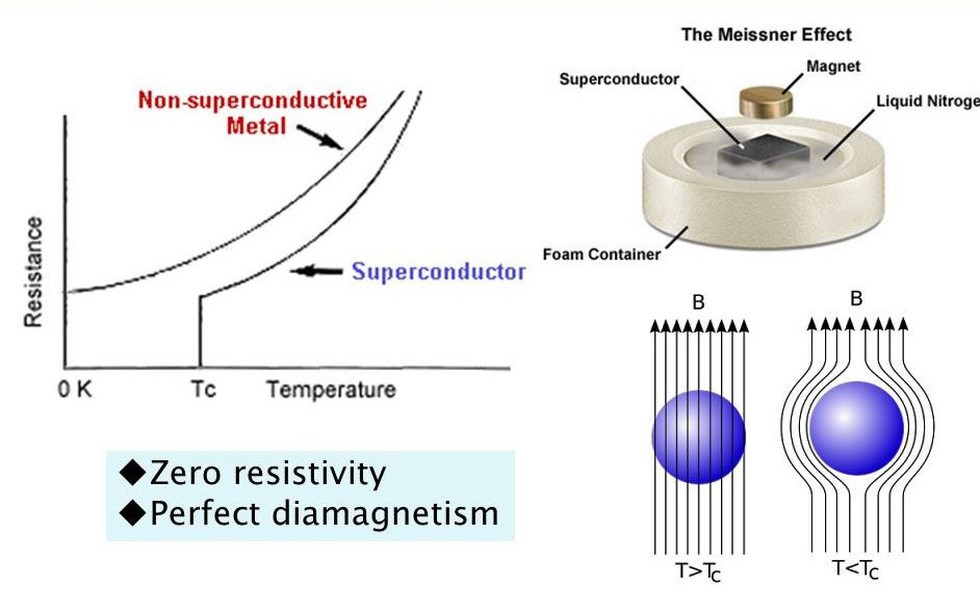
About:
Recently, the ICAR-NBFGR discovered a...
Recently, the USA has indicted Russia...
Recently, voters are receiving Intera...
The arecanut grown in the Tirthahalli...
Researchers have used a CRISPR-Cas9 t...
The Border Roads Organisation (BRO) i...
The CDSCO has become the sole authori...
Astronomers report the discovery of a...
The French President recently hosted ...
Kerala's health department recently r...